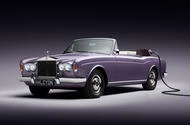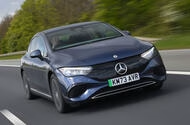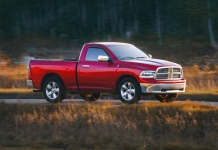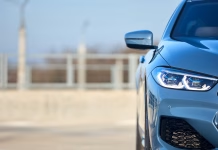Classic Rolls-Royce Reborn as 500bhp Electric Luxury Cruiser by Halcyon
 Halycon's debut model uses an electrical architecture and software developed in-house
Halycon's debut model uses an electrical architecture and software developed in-house
Guildford-based start-up Halcyon has revealed a new restomod based on the Rolls-Royce Corniche and Silver Shadow, converting the classic cruisers to electric power using an architecture developed entirely in-house.
Based on the later rubber-bumpered models, it swaps the original circa-200bhp 6.75-litre V8 for a rear-mounted electric motor with significantly more poke. Standard Range examples get around 400bhp, while the Long Range is boosted to some 500bhp.
Under the bonnet lies a large battery pack constructed in the same vee shape as the original powerplant; at the rear end sits a second unit that replaces the petrol tank. This set-up is said to preserve both the packaging and the weight distribution of the original car, tipping the scales at the same 2.2 tonnes (split 53:47, front to rear).
Standard Range cars are claimed by Halcyon to deliver a range of around 200-250 miles, while the Long Range manages 250-300 miles.
The system runs on 800V electricals, allowing charge rates of up to 230kW. This yields a 10-80% refill in around 40 minutes.
The entire electrical package and the software on which it runs was developed and supplied by Halcyon’s sister company, Evice. This, according to the companies’ co-founder and CEO Matthew Pearson, gave much greater freedom to develop an ideal technical solution for the Silver Shadow platform.
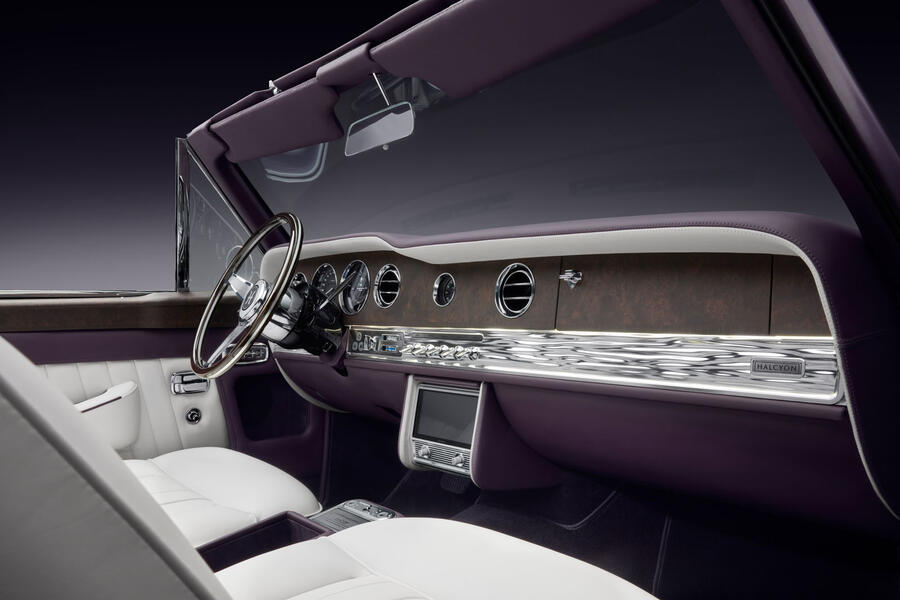
There are three driving modes to maximise the bandwidth of the Halcyon Corniche’s capabilities, named Drive, Spirited and Touring. Pearson explained: “In Spirited you’ll get a slightly more responsive throttle, slightly firmer dampers both passively and actively; and in Touring, if you’re on a motorway, enable cruise control and the dampers will slack right off – you’ll just be on a floating cloud.” Because the entire electrical package is the company’s own development, rather than a series of off-the-shelf components, “we can be quite precise with how we want the car to behave”.
In addition to technical changes, the Halcyon Rolls-Royce gets a new interior that aims to strike a balance between a traditional look and offering modern conveniences. For example, it has wireless Apple CarPlay connectivity and a reversing camera, but the screen hosting these features can also be hidden at the touch of a button. The instrument panel retains analogue dials too, displaying key information such as the remaining range and battery charge level. Halcyon also promises material quality and personalisation on a par with brand-new Rolls-Royces.
It will build a total of 60 cars, offering the conversion on both the Corniche coupé and convertible and the Silver Shadow saloon. Prices start at around £400,000 excluding the cost of a donor car (around £50,000 for a tidy example) and taxes.
The Corniche and Silver Shadow were chosen to launch the Halycon and Evice businesses because of both the models’ appeal and their platform’s technical attributes, said Pearson. He explained: “There are earlier cars that were options, but their body-on-frame [constructions] do not tolerate the degree [of modification or performance]; the electric powertrain just simply doesn’t have an end result for what we were looking for.”
Pearson added that the Silver Shadow’s unibody construction meant it was one of the most torsionally stiff cars of its period, so is “really well suited to the sort of things that we’re expecting”.
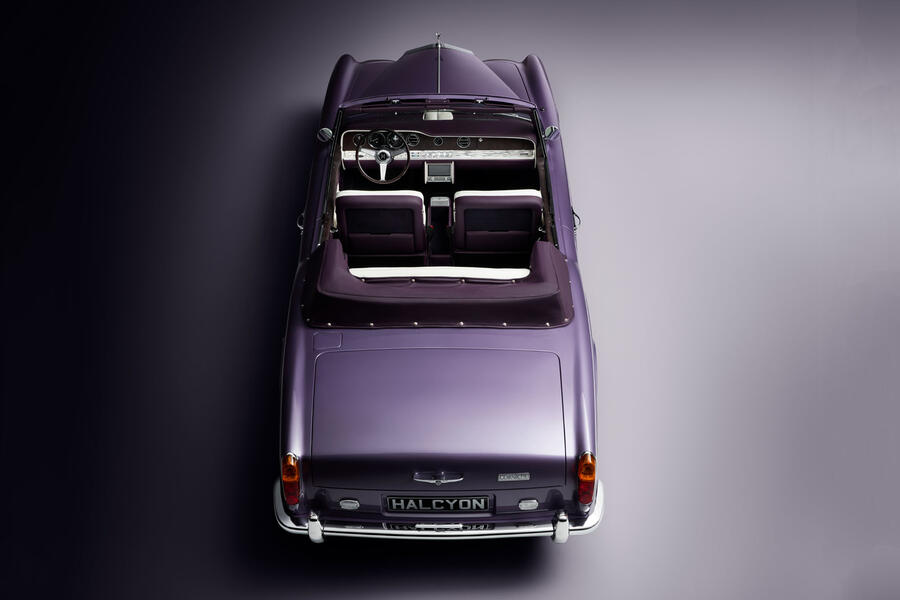
There was also a commercial argument in favour of the Roller. “The thing that we absolutely wanted was to do it properly, and to give us the capacity to develop technologies that can serve other purposes,” said Pearson. “We needed to do that by building a car for which clients are willing to spend what we want to charge.”
The allure of contemporaries such as the Citroën DS would not have matched up to the high price that Halcyon is asking for its Silver Shadow, suggested Pearson, so were considered a no-go.
The first Halcyon cars are earmarked for delivery next year. In the meantime, Evice will begin pitching its technologies and services to firms in the automotive, marine and commercial vehicle sectors. It has already developed an electric test mule for Land Rover specialist Twisted and will commence a feasibility study on that car in the coming months.
Jaguar Land Rover Halts Production After Global IT Outage Disrupts Factories

Why Spirit Faced Bankruptcy Twice in a Single Year

How a Talladega Crash Changed NASCAR Speeds Forever

Mercedes EQE Saloon and SUV to End Production in 2026 as Next-Gen Electric Models...
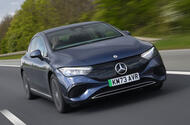 C-Class EV and GLC EQ, due next year, will indirectly fill the gap left by the EQE's cancellation
C-Class EV and GLC EQ, due next year, will indirectly fill the gap left by the EQE's cancellation
Mercedes-Benz plans to end production of the EQE saloon and EQE SUV in 2026 as part of a realignment of its electric cars.
The decision follows internal reassessments of new electric model introductions and subsequent overlap within the German car maker’s line-up.
The EQE saloon, currently produced at Mercedes' factory in Bremen, Germany, and the EQE SUV, built in Tuscaloosa in the US, will be indirectly replaced by the electric C-Class EQ and GLC EQ, both based on Mercedes' new 800V MB.EA-M platform. They are claimed to offer improved packaging, enhanced practicality and a similar level of chassis technology to their EQE siblings.
The move comes despite earlier signals that the two EQEs would receive a mid-life facelift next year amid a significant upgrade to their EVA platform, shared with the larger EQS models. Among the upgrades is a boost from the current 400V to a new 800V electric architecture, a silicon-carbide inverter and Mercedes' latest-spec eATS2 electric motors, for added performance and efficiency. Autocar has been told these upgrades are still planned, but only for the larger EQS saloon and EQS SUV.
The C-Class EQ saloon, due in 2026, will bridge the gap to the EQE saloon in terms of its technology, including options such as air suspension and rear-axle steering.
The upcoming GLC EQ, set to make its debut at this month's 2025 Munich motor show, offers 570 litres of boot space and an additional 128 litres in a frunk, comfortably exceeding the EQE SUV’s 520-litre capacity. It also has a towing capcity of up to 2500kg.

Mercedes has yet to officially confirm production of the EQE will end in 2026, with a spokesperson saying the company has “a policy of not commenting on speculation surrounding its current and future models”.
However, the same spokesperson did confirm the successor model to the EQE saloon, the electric-powered E-Class EQ saloon, is under development and planned for introduction in 2027. It is based on the same MB.EA-M platform as the C-Class EQ and GLC EQ.
Mercedes has continuously updated the EQE saloon and SUV since their introduction in 2022, including hardware improvements such as a heat pump, a disconnect unit for the front-mounted engine on four-wheel-drive 4Matic models to allow rear-wheel-drive operation in certain driving conditions, an upgrade extending the energy capacity of their largest battery 96kWh and, more recently, a performance increase across several models.
But with no remaining platform or packaging advantages over the incoming electric C-Class EQ and and GLC EQ, Mercedes has opted not to invest further in them. The move also gives Mercedes time to retool its factories for the arrival of the E-Class EQ in 2027.
Is It Legal to Drive a Pickup Truck Without a Bed? What You Need...
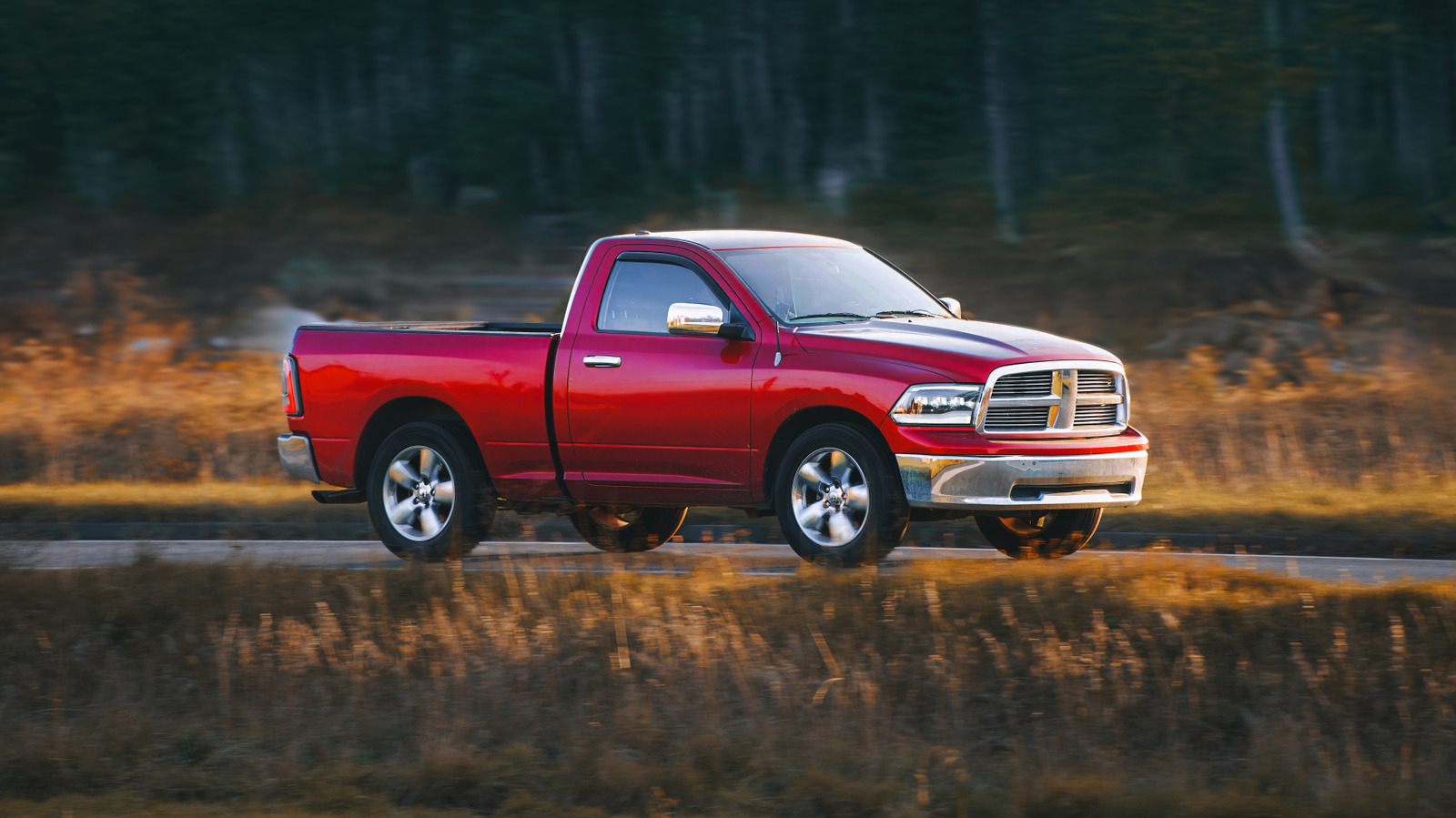
Mini Unveils Striking JCW Concepts Blending Racing Spirit with Surf and Fashion Influences
 Fashion, motorsport and surfing inspire patchwork pair
Fashion, motorsport and surfing inspire patchwork pair
Mini has signalled its renewed interest in high-performance models with a new pair of stripped-out John Cooper Works concept cars.
Named The Skeg and The Machina, they are based on the electric and petrol Cooper JCW hatchbacks and have been developed with clothing firm Deus ex Machina. They draw on the firm’s histories in fashion and motorsport.
While neither will make production, they are the first cranked up Mini JCW models since the GP went out of production with the last-generation hatch in 2023.
The Skeg draws on surfing culture. It receives new bodywork made from fibreglass – the same material as high-quality surfboards – that is claimed to cut 15% of its 1725kg kerb weight.
New elements also give the Cooper a meaner look, including a front splitter, chunky arch extensions and a large rear spoiler.
Its interior is stripped back to the bare essentials, losing its roof lining and rear seats. The cloth door cards are replaced with singlepiece fibreglass items and the front seats are replaced with a pair of racing-style buckets.
Mini has yet to detail any increases in the car’s power or torque, but the standard electric JCW’s front-mounted motor puts out 255bhp and 258lb ft. That's enough to get from 0-62mph in 5.9sec, and the reduction in weight yielded by The Skeg’s modifications (to around 1470kg) should bring a significant improvement on this time.

The Machina, meanwhile, is inspired by Mini’s racing heritage. The light pod mounted on the bonnet references the brand’s storied past in rallying, for example, while the rear diffuser is inspired by that fitted to Mini’s most recent Nürburgring 24 Hours racer.
There is also a larger rear spoiler that takes its cues from other makers' radical Can-Am racers of the 1970s.
Inside, it is even more minimal than The Skeg, swapping three-point seatbelts for racing-spec harnesses and its rear seats for a strut brace, while its door cards are removed entirely.
The Rise and Fall of BMW’s Laser Headlights Explained

Skoda Kodiaq and Elroq Dominate 2025 Tow Car Awards With Unmatched Towing Power and...
 If you’re in the market for a great tow car, look no further than the Skoda Kodiaq and Skoda Elroq
If you’re in the market for a great tow car, look no further than the Skoda Kodiaq and Skoda Elroq
In recent years, Skoda has drawn on its unique Simply Clever philosophy to build an extensive range of brilliantly capable, well-rounded cars that suit just about every family and lifestyle.
You only have to look at the Czech manufacturer’s collection of four- and five-star Autocar reviews for a sense of the sheer breadth and depth of its lineup.
And now, at the 2025 Tow Car Awards, Skoda has added two more accolades to its already impressive list of achievements: the Skoda Kodiaq was been named Overall Winner, while the all-electric Skoda Elroq scooped the title of Best Electric Tow Car (up to 1200kg)*.
Learn more about the Skoda range
Skoda Kodiaq: Overall Winner
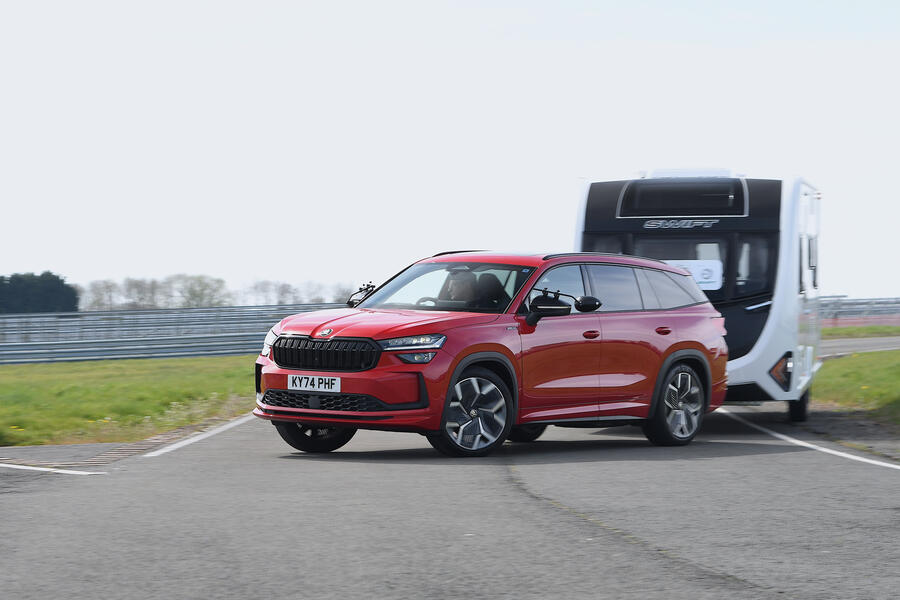
As Skoda’s largest SUV, the Kodiaq has the size, weight and road holding that every great tow car needs.
What Car?’s judges were impressed with the Kodiaq’s rock-solid towing stability, refined yet strong 2.0-litre diesel engine, and practical seven-seat layout.
They also praised its confidence-inspiring four-wheel drive system and overall value for money, with the Kodiaq undercutting much pricier rivals with little compromise on comfort, tech or driving fun.
Rating:Towing 5/5Solo driving 5/5Practicality 4/5Buying and owning 5/5Overall 5/5
Learn more about the Skoda Kodiaq
Skoda Elroq: Best Electric Tow Car (up to 1200kg)
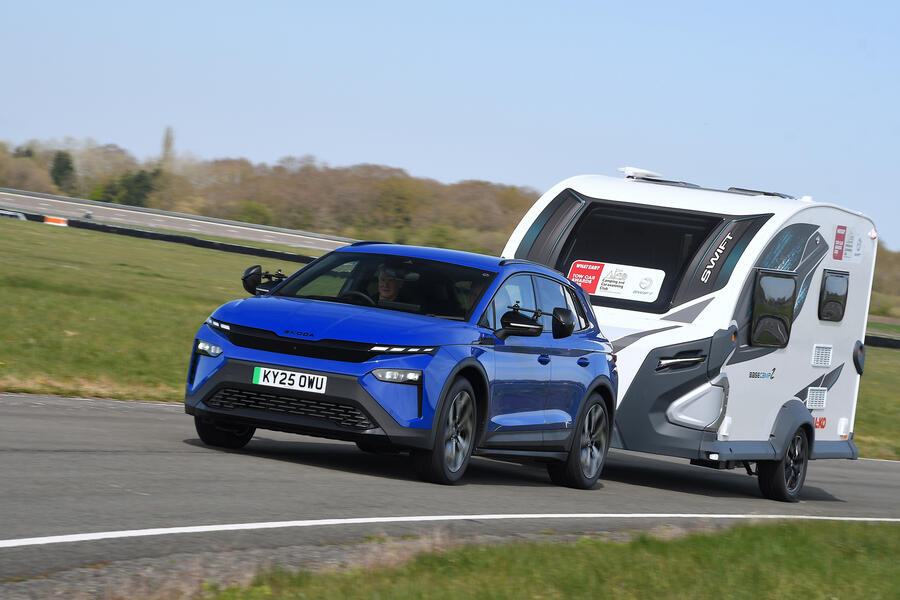
The Skoda Elroq was a true gamechanger when it launched in 2024, with it proving so impressive that What Car? named it the Best Small Electric SUV at the 2025 What Car? Awards.
The Tow Car panel commended the Elroq’s exemplary stability while towing a small caravan, impressive performance figures – 282bhp and 545Nm in ‘85’ spec – and mighty stopping power.
Other highlights include the Elroq’s comfort and handling prowess, long pure electric range (up to 356 miles WLTP combined) and clever storage solutions.
Rating:Towing 4/5Solo driving 5/5Practicality 3/5 Buying and owning 5/5Overall 4/5
Learn more about the Skoda Elroq
*vRS trim only. SE, SE L, Edition and Sportline trims have maximum towing capacity of 1000kg.

